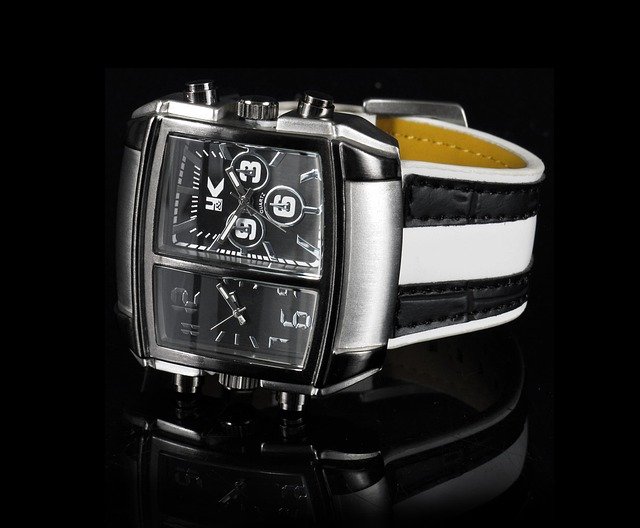Preparing mixed-material wrist items for seasonal climate shifts
Seasonal changes affect mixed-material wrist items differently than single-material pieces. Understanding how metals, leather, and plated surfaces respond to humidity, temperature swings, and UV exposure helps you protect fit, finish, and longevity across the year.

Seasonal climate shifts can change how mixed-material wrist items behave on the body and in storage. Temperature swings alter metal expansion, humidity affects leather and cord, and salt or chlorine exposure can accelerate plating wear or corrosion. Anticipating these effects and adjusting how you size, wear, clean, store, and repair wristwear reduces damage and keeps pieces comfortable and reliable through wetter summers, dryer winters, and transitional months.
Sizing and wristwear fit
As temperatures change, wrists can swell in heat and contract in cold; this affects how bracelets fit. For mixed-material wristwear that combines metal, leather, or fabric, allow a small allowance in sizing so closures remain comfortable across seasons. Measure wrists at different times of day and in varying conditions to find a consistent baseline. Consider adjustable closures or extender links to accommodate temporary swelling. If a metal component is paired with leather, remember that leather may tighten slightly when dry and relax in humidity, so choose a size that balances both behaviors for year-round wear.
Allergies, alloys, and plating considerations
Allergies to metal alloys often become more noticeable with sweat and humidity, which increase skin contact and ion migration from plated or base metals. Know the alloys used in each piece and whether plating covers a reactive base metal. High-quality plating and nickel-free alloys reduce the chance of irritation, but plating can wear over time, especially in humid or salty environments. If you have sensitive skin, opt for fully hypoallergenic materials where possible, and clean items after heavy sweating. When symptoms appear, consult a dermatologist to identify the cause rather than guessing the material.
Leather, closures, and their seasonal care
Leather reacts strongly to moisture and temperature. In humid months, leather can absorb moisture, swell, or grow mold if stored improperly; in dry months it can stiffen and crack. Use closures designed for the expected climate: breathable leather straps with sealed edges fare better in humidity, while braided cords and synthetic alternatives resist water. Regularly condition leather with products suited to the hide to maintain flexibility, and inspect closures—spring rings, lobster clasps, buckles—for corrosion or wear. Replace weakened closures before a failure causes loss.
Engraving, personalization, and material limits
Engraving can be applied to metals and some coated surfaces, but mixed materials require care when personalizing. Plated surfaces may show engraving differently than solid alloys and can expose reactive base metals if engraved too deeply. When engraving near leather or resin insets, ensure heat or pressure won’t damage adjacent materials. Discuss material composition and depth limits with a professional engraver, and choose fonts and placements that minimize risk to plating and alloys. Seasonal maintenance after engraving includes gentle cleaning to prevent dirt accumulation in engraved areas.
Maintenance, storage, and extending lifespan
Routine maintenance varies by material. Clean metal components with a soft cloth and mild cleaner suitable for the alloy or plating; avoid harsh chemicals on plated pieces to prevent accelerated wear. Leather benefits from periodic conditioning and dry storage. Store mixed-material wristwear in breathable pouches or lined boxes that separate pieces to avoid abrasion and tangling. In humid climates, include desiccant packets to limit moisture; in very dry areas, avoid prolonged exposure to heating sources that can desiccate leather. Regular inspection for loose settings, worn plating, or frayed cords lets you address small issues before they become failures.
Repair options and sustainability choices
When repair is needed, seek technicians who work with mixed materials and can match alloys, replate surfaces, or replace closures without compromising adjacent components. Simple repairs—replacing a clasp, re-stitching leather, or reattaching an inset—are often faster and more sustainable than full replacement. Consider sustainable choices when repairing or replacing: opt for recycled metals, vegetable-tanned leather or high-quality synthetic alternatives, and local services in your area to reduce transport footprint. Sustainable practices also include donating or repurposing irreparable items rather than discarding them.
Seasonal climate shifts present predictable challenges for mixed-material wrist items, but routine sizing checks, allergy awareness, proper leather and plating care, mindful engraving, regular maintenance, and informed repair choices help preserve comfort and appearance. By adjusting storage and wear habits as the seasons change, you can maintain the integrity of diverse materials while extending the useful life of your wristwear.






